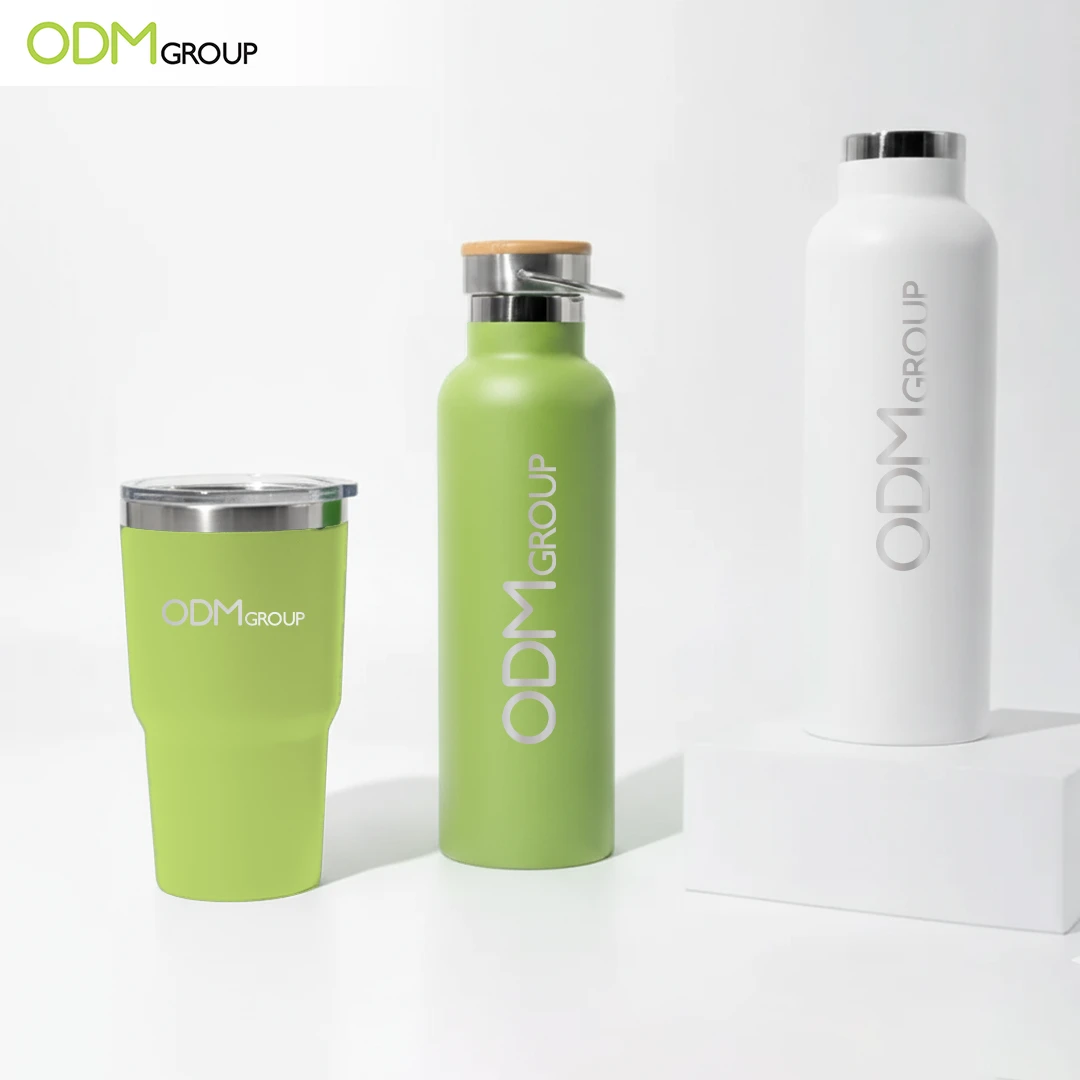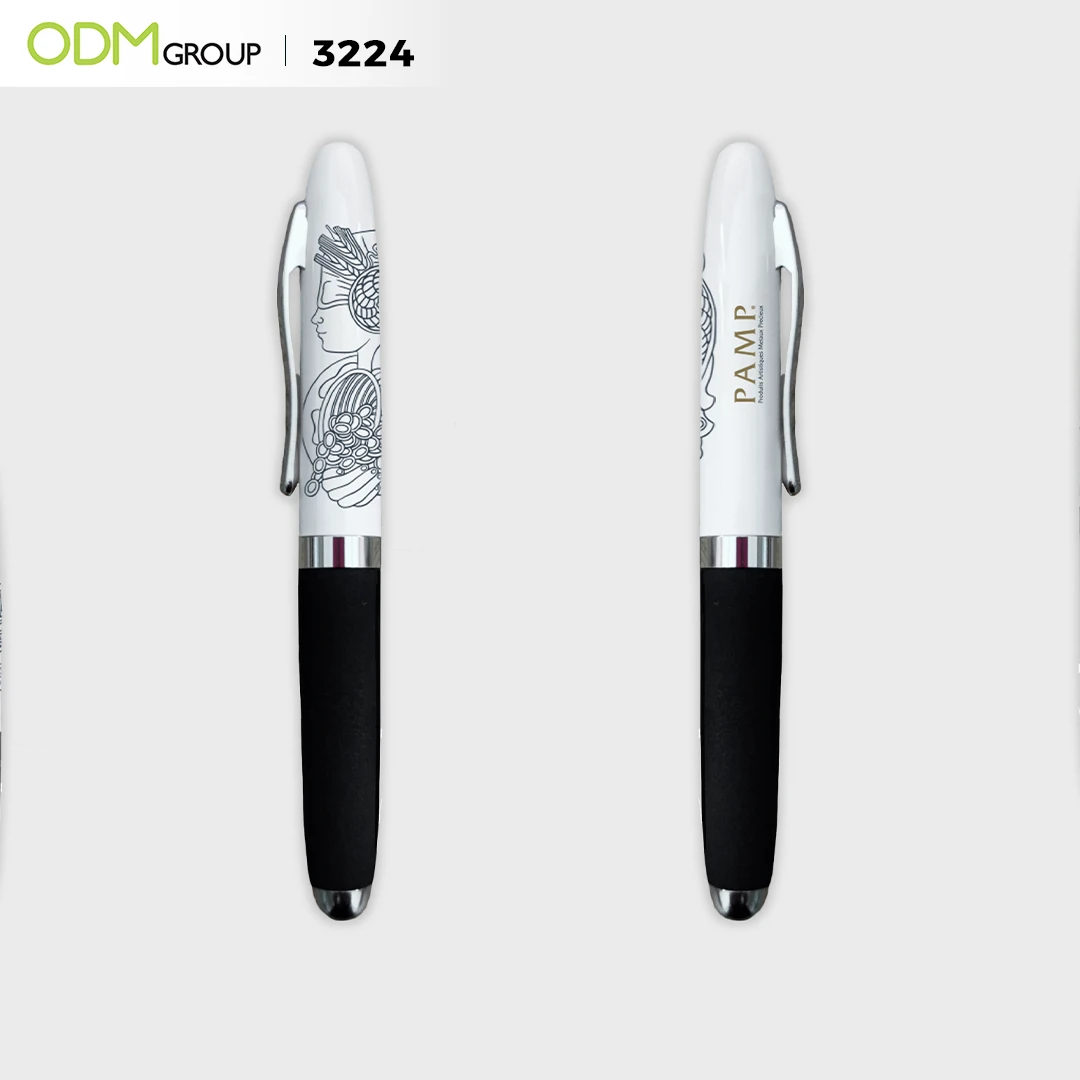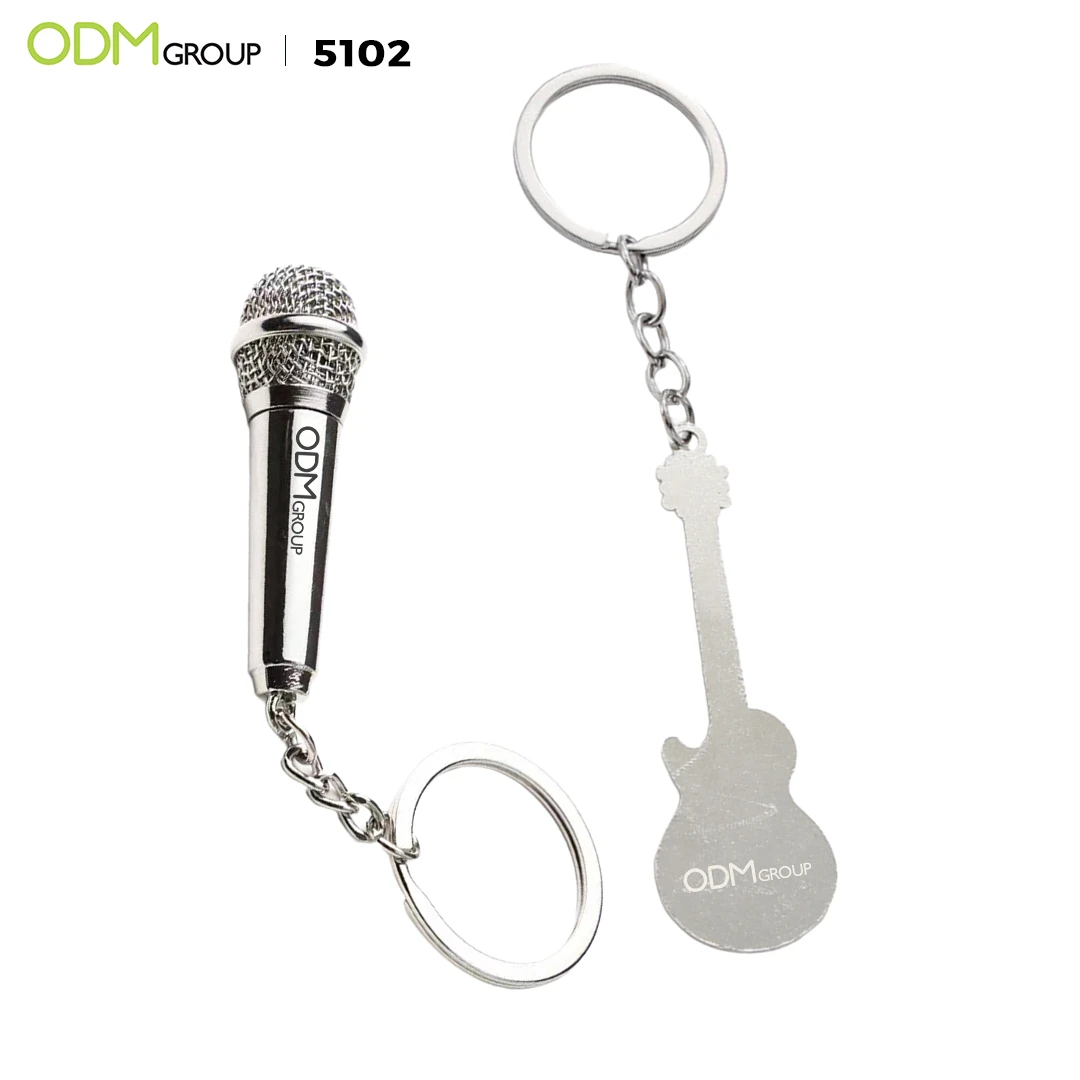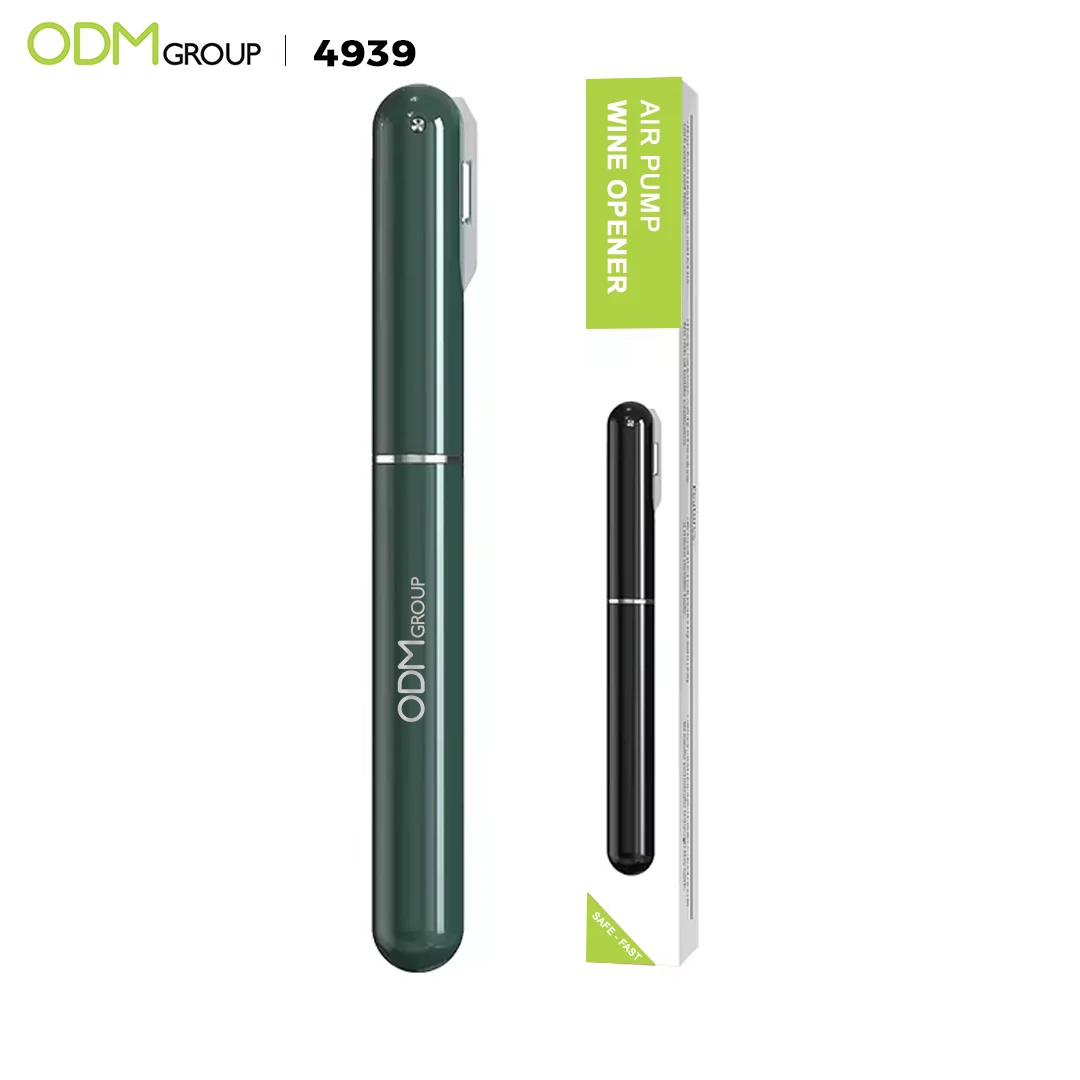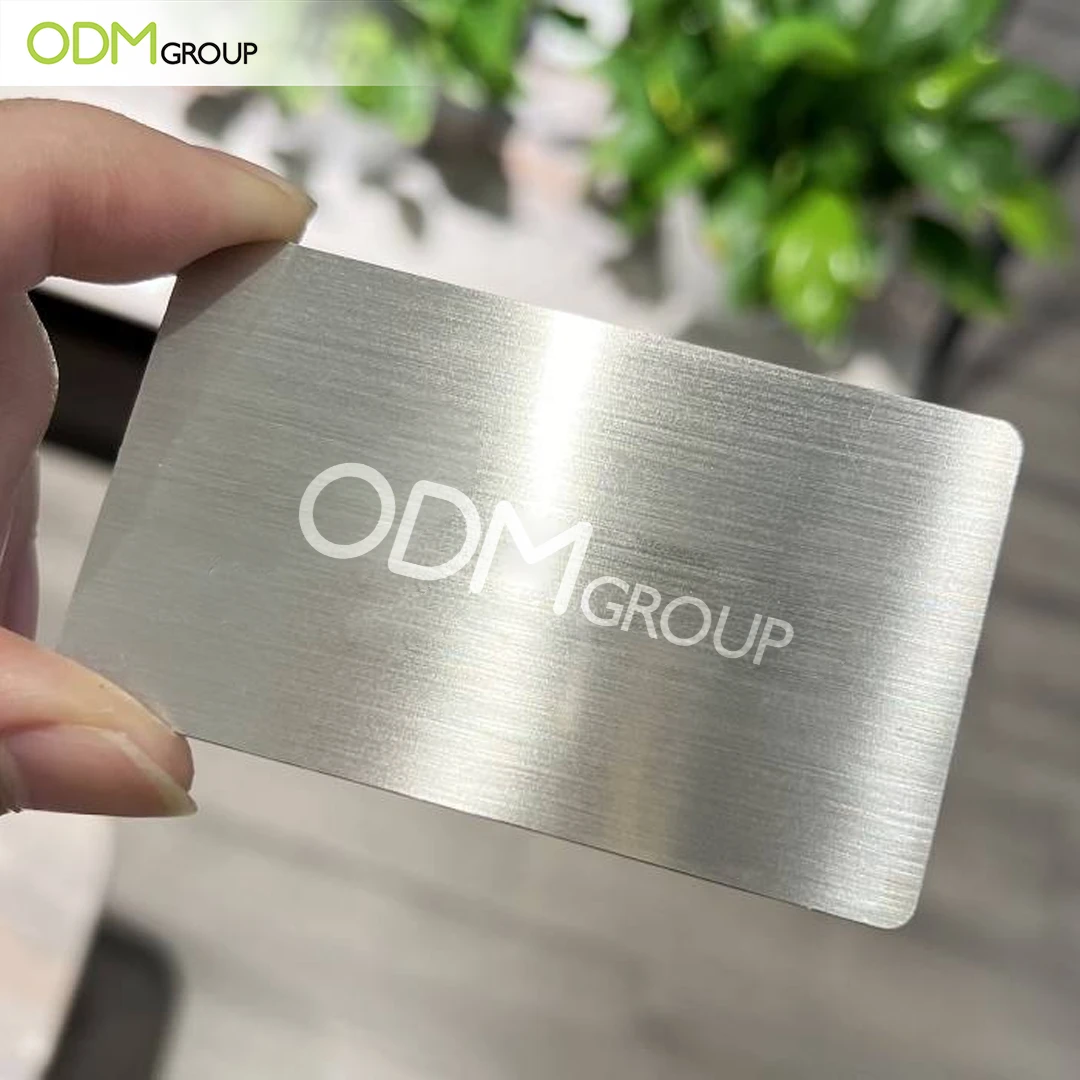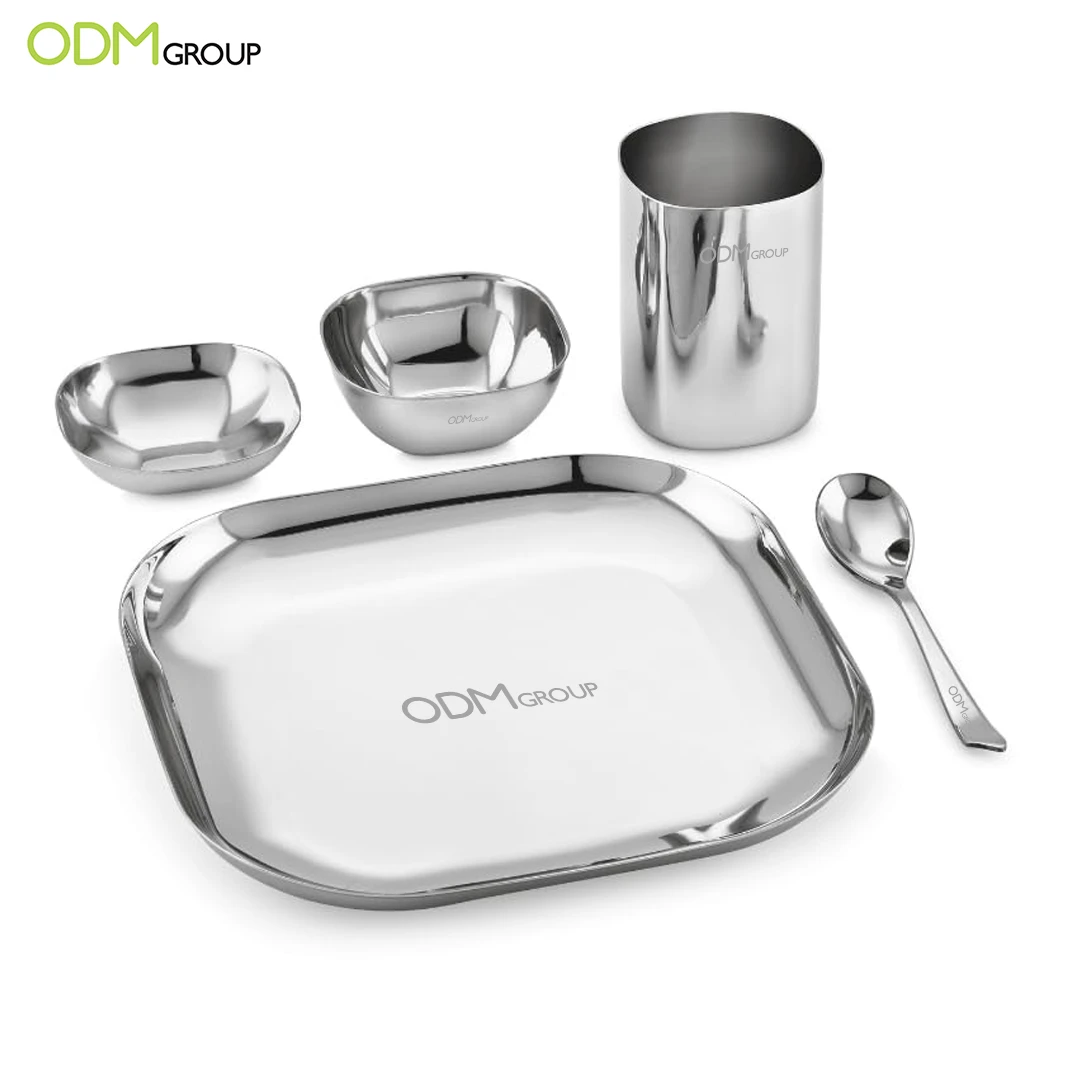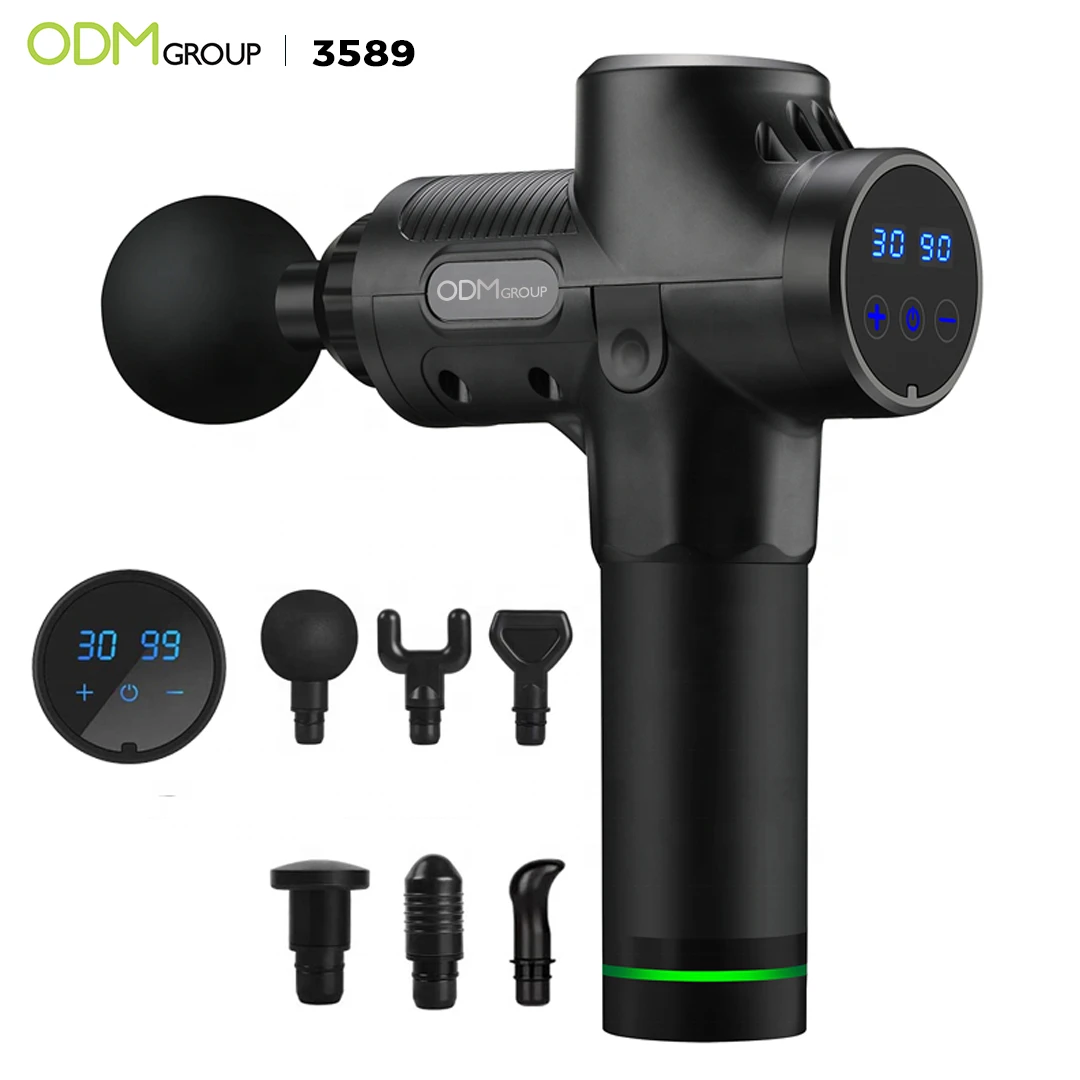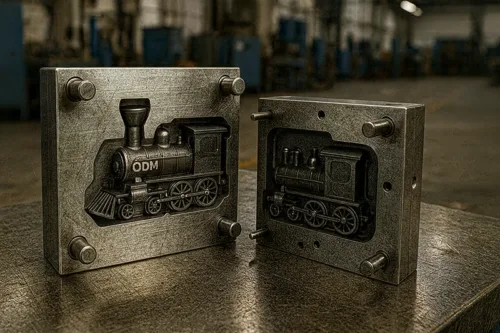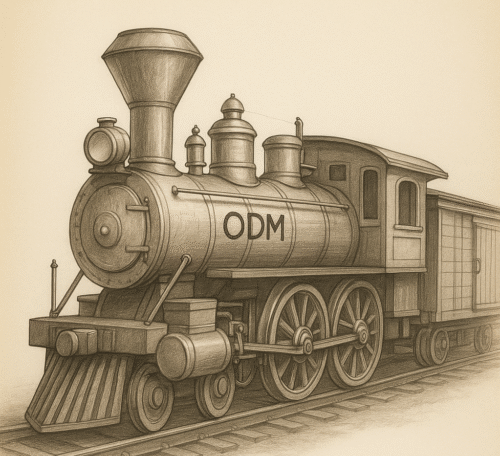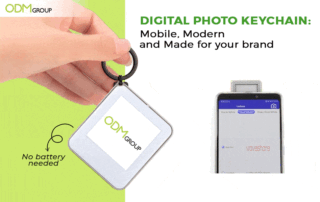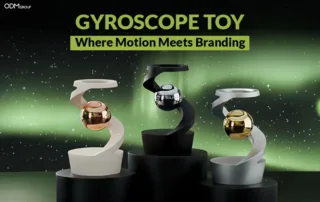Laser marking has become an essential process for manufacturers, branding teams, and product designers who need durable, high-quality identification on metal surfaces. Among the many marking techniques available today, laser annealing stands out for its ability to create smooth, corrosion-resistant marks without damaging the material. This makes it ideal for industries prioritizing hygiene, structural integrity, and premium aesthetics, from medical devices to stainless steel promotional products.
In this blog, we’ll explore everything you need to know about laser annealing, including what it is, how it works, its key advantages, and how it compares with laser engraving. We’ll also highlight practical applications in the promotional product industry, helping you determine whether this technique fits your next branding project.
Need to Skim? Main Takeaways:
- Laser annealing is a precise, non-invasive thermal process that changes the surface color of metals, plastics, or ceramics by forming a thin oxide layer—without removing material or damaging the surface.
- Produces high-contrast, fade-resistant, corrosion-resistant marks ideal for long-lasting branding.
- Works best on stainless steel, titanium, aluminum, certain plastics, and ceramics; used on drinkware, pens, keychains, nameplates, kitchenware, and medical items
- Eco-friendly and versatile: No inks or chemicals needed; allows multi-color designs, works on curved or polished surfaces, and fits modern, minimalist branding.
Table of Contents
What Is Laser Annealing?
Laser annealing is a precise thermal process in which a laser beam heats the surface of a material, such as metals, semiconductors, or thin films, for a very short time to alter its physical, chemical, or structural properties without affecting the bulk. In metal marking, it creates a high-contrast, durable color change by forming a thin oxide layer, producing permanent, smooth, and non-invasive markings suitable for applications that demand corrosion resistance, readability, and a premium appearance.
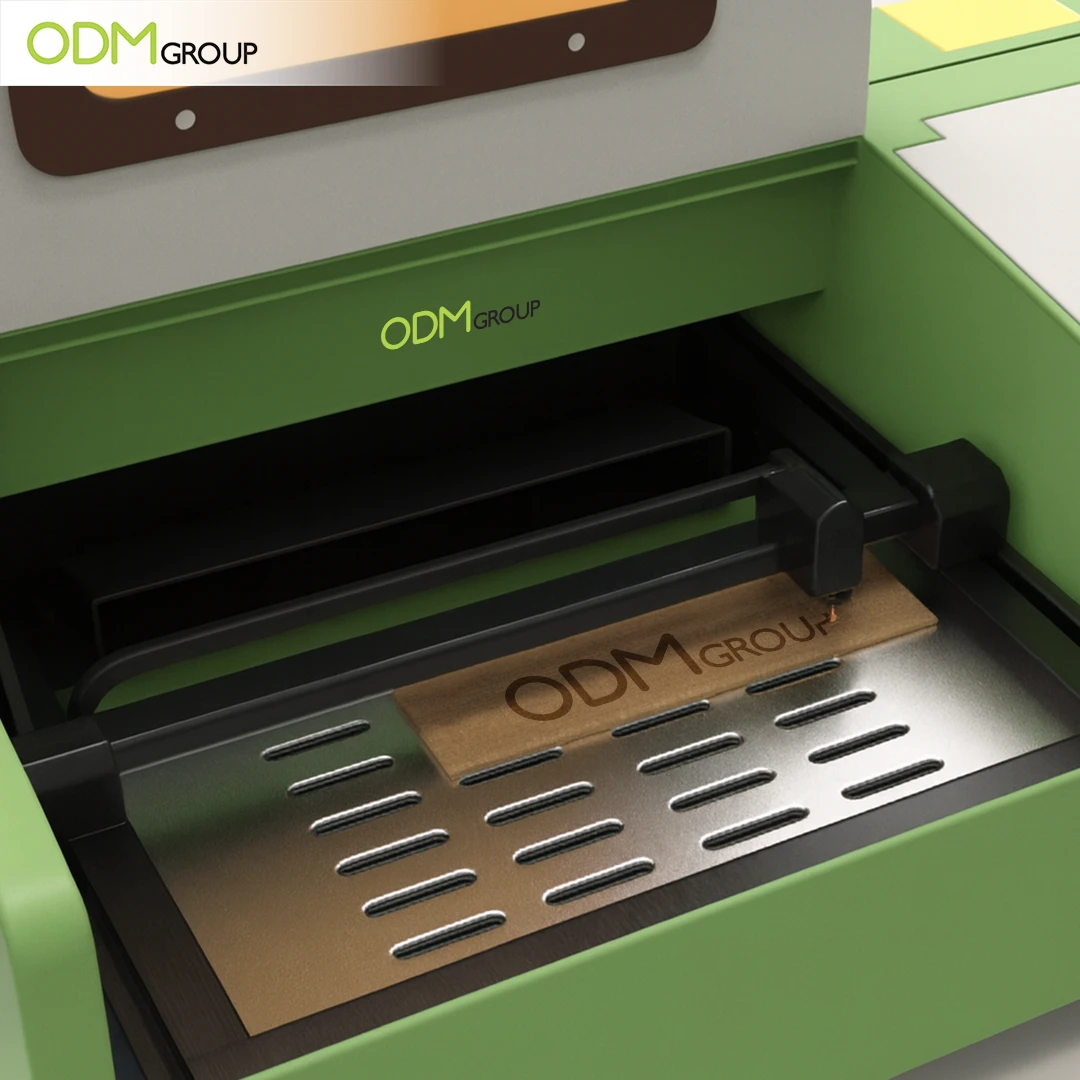
Materials Suitable for Laser Annealing
Laser annealing is used for a variety of materials, but it is most effective on metals such as stainless steel, titanium, and aluminum, as well as certain plastics and ceramics.
Metals
- Stainless steel and other types of steel: This is the primary application, as laser annealing reliably produces dark, high-contrast marks while keeping the surface smooth and corrosion-resistant.
- Titanium: Effective for creating permanent markings and can even produce different oxide colors depending on heat levels—ideal for premium or medical products.
- Aluminum & anodized aluminum: Although less common than stainless steel, annealing can be used to mark aluminum surfaces, especially when a subtle, non-abrasive mark is preferred.
- Iron alloys: Any alloy containing iron responds well to annealing, making it suitable for tools, machinery parts, and industrial components.
Read more: How to Print Custom Logo Designs on Metal Products
Other Materials
- Plastics: Certain plastics can be annealed depending on their heat tolerance and composition. The process creates smooth marks without melting or deforming the material.
- Ceramics: Some ceramic types can also be marked through annealing, producing precise, durable results often used in technical components.
How the Laser Annealing Process Works
Laser annealing directs a precise laser beam onto the surface of a material, heating it to temperatures between 300°F and 1200°F, depending on the material and desired mark. This controlled heat forms a thin oxide layer, creating a dark, high-contrast mark without removing material, roughening the surface, or altering the underlying structure.
The resulting color depends on the temperature: lower temperatures produce lighter shades, from yellow to brown, while higher temperatures yield darker tones, from deep brown to black. This allows for detailed marking designs, including multi-color logos and graduated patterns.
Top Applications of Laser Annealing in Promotional Products
Laser annealing is widely used in the promotional product industry because it delivers premium, permanent, and high-contrast branding on metal items—especially stainless steel. Below are some of the most popular promotional items that benefit from laser annealing:
Stainless Steel Drinkware
Items like reusable water bottles, tumblers, flasks, and travel mugs are some of the most common products marked with laser annealing.
- The smooth, black markings give a premium branded look.
- Ideal for corporate gifting, event merch, and eco-friendly campaigns.
- Safe for food-contact surfaces because annealing does not remove material.
Read more: Metal Water Bottle Printing: How to Maximise Space for Branding?
Metal Pens and Executive Gifts
Luxury pens, stylus pens, and high-end office accessories often use laser annealing to achieve sharp, elegant logos without damaging the polished metal surface.
- No grooves means no ink smudging or dirt build-up.
- Creates a long-lasting impression for corporate clients.
Read more: The Write Choice: Top 8 Best Fonts for Promotional Pens
Metal Keychains and Accessories
Keychains, carabiners, bottle openers, and metal tools benefit from durable, scratch-resistant markings.
- Ideal for promotional giveaways that need to withstand heavy daily use.
- The dark marking ensures good visibility even on polished metal.
Read more: Bottle Opener Design Ideas: How to Find One that Will Fit Your Marketing?
Business Cards and Nameplates
Metal business cards and stainless steel nameplates often rely on laser annealing for a premium, modern, and lasting finish. Perfect for luxury brands, high-end events, or technology companies looking for unique branding.
Kitchenware and Food-Contact Items
Laser annealing is food-safe, making it suitable for:
- Cutlery
- Lunch boxes
- Stainless steel straws
- Kitchen utensils
These items benefit from permanent branding that won’t fade even with washing, heat, or long-term use.
Branded Medical or Wellness Items
For promotional campaigns focused on health or wellness, stainless-steel medical tools or accessories can be branded through annealing.
- Maintains hygiene due to the smooth surface
- Ideal for clinics, fitness brands, or healthcare giveaways
Why Brands Choose Laser Annealing for Promotional Items
Laser annealing is preferred in the promotional product industry because it delivers premium, durable, and safe branding. Key advantages include:
- Premium, High-End Look: Creates sharp, dark markings that look clean and professional.
- Permanent and Fade-Resistant: Marks won’t peel, scratch, or fade—even with daily use.
- Preserves Surface Integrity: No grooves or cuts, keeping items smooth, hygienic, and food-safe.
- Works on Sensitive Surfaces: Safe for polished metal, coated stainless steel, titanium, and chrome.
- Highly Durable: Resistant to scratches, corrosion, and washing.
- Ideal for Modern, Minimalist Branding: Dark, subtle contrast suits premium promotional designs.
- Great for Curved or Irregular Shapes: Consistent results on bottles, tumblers, and tools.
- Eco-Friendly: No inks or chemicals required, just heat.
- Perfect for Stainless Steel Items: The most popular material in promotional merchandise.
Comparison of Laser Annealing, Laser Engraving, and Laser Etching
Choosing the right laser marking method depends on how you want the final product to look, feel, and perform. Although laser annealing, engraving, and etching are often mentioned together, each technique produces very different results. Below is a simplified comparison to help you understand their key differences in surface finish, durability, speed, and ideal applications.
| Feature / Method | Laser Annealing | Laser Engraving | Laser Etching |
|---|---|---|---|
| Material Removal | No material removed | Removes material (deep) | Removes a thin layer |
| Surface Finish | Smooth, intact surface | Deep grooves, tactile | Slightly textured, shallow |
| Process Type | Oxidation + color change | Vaporization / cutting | Melting + light removal |
| Mark Appearance | Dark, high contrast (usually black) | Carved-in, bold | Frosted / slightly raised or recessed |
| Depth of Mark | 0 µm (just surface color change) | Deep (up to several mm) | Shallow (microns) |
| Durability | High, corrosion-resistant | Very high, long-lasting | High but less than engraving |
| Best Materials | Stainless steel, titanium | Metals, wood, plastics, crystal | Coated metals, plastics |
| Speed | Slower | Medium–fast | Fast |
| Ideal For | Medical tools, stainless steel promotional items | Industrial parts, heavy-duty products | Electronics, jewelry, coated promotional items |
| Surface Integrity | Fully preserved | Altered (cut into material) | Slightly altered |
| Hygiene Safety | Excellent, no grooves for bacteria | Moderate | Good |
| Color / Ink output | Black or dark brown layer; no ink needed | Natural material color; ink or paint can be added | Light or frosted mark, sometimes light grey; optional light-colored ink |
Beyond laser annealing, several other marking and decoration methods can be applied to promotional products. From widely used techniques to more specialized processes, here is an overview to help you choose the right solution.
Read more: Decoration Methods for Promotional Products: What Are They?
Final thought
Laser annealing has become a preferred marking method for promotional products thanks to its ability to deliver clean, permanent, and high-contrast branding without damaging the material. Its smooth, corrosion-resistant finish makes it ideal for stainless steel items, premium corporate gifts, and products that require long-lasting and hygienic markings. By understanding how laser annealing compares to engraving and etching—and knowing where it performs best—brands can choose the most effective marking solution for their promotional needs.
If you’re exploring more ideas for product customization and branding, be sure to check out other articles on this blog.
At The ODM Group, we specialize in transforming creative concepts into market-ready merchandise through precision printing, professional design, and global manufacturing expertise. Contact us today to learn how we can help you design, source, and manufacture high-quality promotional products that elevate your brand awareness.
- Website: www.theodmgroup.com
- Email: info@theodmgroup.com
Explore our promotional products
Frequently Asked Questions (FAQs) About Laser Annealing
Is laser annealing safe for food-contact items?
Yes. Because the process only alters the surface color without removing material, items like stainless steel drinkware, utensils, and straws remain hygienic and food-safe.
Can laser annealing produce multi-color designs?
Yes. By controlling the laser temperature, annealing can create a gradient of colors, from yellow to black, allowing subtle or detailed designs.
Which materials work best with laser annealing?
Stainless steel, titanium, aluminum, iron alloys, some plastics, and ceramics are suitable. Stainless steel is the most common for promotional items.
How does laser annealing differ from engraving or etching?
Unlike engraving (which cuts deep) or etching (which removes a thin layer), annealing changes only the surface color, preserving smoothness and hygiene while offering high-contrast marks.
Why choose laser annealing for promotional products?
It provides premium, durable, and fade-resistant branding, works on curved or polished surfaces, is eco-friendly, and ensures long-lasting visibility without compromising material integrity.
Discover our latest promotional insights
Discover more creative products solutions and branding ideas to elevate your next promotional campaign.
